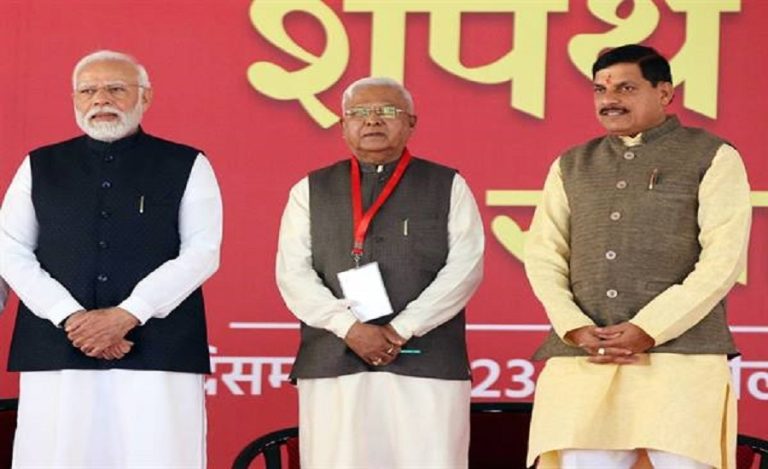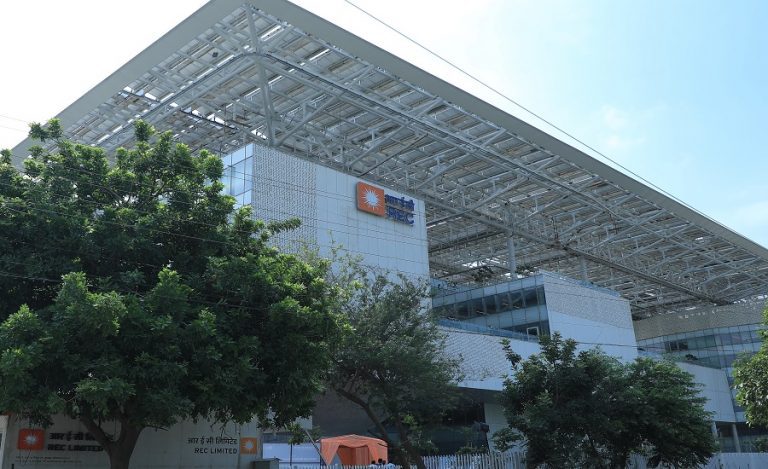New Delhi: The MPATGM (Man-Portable Anti-Tank Guided Missile) is India’s indigenously developed shoulder-launch weapon system aimed at destroying modern tanks and armoured vehicles.
Developed by Defence Research & Development Organisation (DRDO) and slated for induction by the Indian Army, the missile is part of the government’s “Atmanirbhar Bharat” push to reduce import dependency in defence technologies.
What is the Need of MPATGM Missile
The need for a modern anti-tank guided missile hit home during conflicts and standoffs where infantry and light forces faced armoured tanks in challenging terrain. As a result, the Army and DRDO identified the requirement of a lightweight, fire-and-forget, top-attack capable missile system. The MPATGM was sanctioned in 2015, with lead production agency Bharat Dynamics Limited (BDL) set up in Telangana.
Key Features & Capabilities of MPATGM Missile
→ The MPATGM system weighs under ~30 kg for the launch unit and missile combined, making it operable by a two-person crew.
→ It features a tandem HEAT warhead able to defeat modern explosive reactive armour (ERA) and heavy tank armour.
→ Range is up to approximately 4,000 metres, with minimum engagement distance around 200 metres.
Read Also: India’s Shield in the Sky — DRDO SRK EW Suite Brings Unmatched Protection for Tejas Mk1A
→ Guidance system: Imaging Infra-Red (IIR) seeker enabling “fire and forget” capability provides direct-attack and top-attack mode for striking tanks from above.
→ Day and night-operation capability validated in trials in high altitude and urban warfare conditions.
Recent Trials & Path to Induction of MPATGM Missile
In April 2024 the MPATGM successfully completed warhead flight‐trials at the Pokhran Field Firing Range in Rajasthan. The tandem warhead system demonstrated its ability to defeat modern main battle tank armour, and the technology development phase was declared complete.
According to recent updates, the system is now on track for final user evaluation trials, with operational clearance expected in 2026.
Once cleared, production is to be ramped up at BDL and private partner firms for serial induction into frontline infantry units.
Strategic Significance of MPATGM Missile
→ For the Indian Army, MPATGM brings a decisive leap in infantry anti-armour capability. It replaces older second-generation missiles such as the French MILAN and Soviet 9M113 Konkurs, which lacked modern “fire-and-forget” features.
→ From a policy standpoint, its induction underlines the Atmanirbhar Bharat goal of achieving self-reliance in big-ticket defence systems, cutting imports and boosting domestic manufacturing. It also gives India greater operational flexibility in terrains like Ladakh, where agile and portable anti-tank systems matter.
→ On the export front, a domestically proven system enhances India’s defence-industry credentials, potentially opening overseas markets in future.
What Comes Next & Implementation Timeline
The MPATGM’s final user trials will assess performance in extreme weather conditions (such as in Ladakh), in high-altitude terrain, and in urban warfare simulations. After clearance, serial production could begin aiming induction in 2026–27.
The Army will then start transitioning from older systems to the MPATGM, gradually phasing out imported missiles and increasing indigenous content. The large-scale deployment would also enhance tactical flexibility for infantry units across forward sectors.
Challenges & Considerations
While the missile appears technically ready, induction will demand logistics, training, supply chain readiness and integration with infantry tactics. Moreover, timely production and industrial capacity scaling are key to meeting the Army’s needs.
Moreover, the evolving nature of enemy armour and active protection systems means continuous upgrades will be required to maintain the capability edge.



























